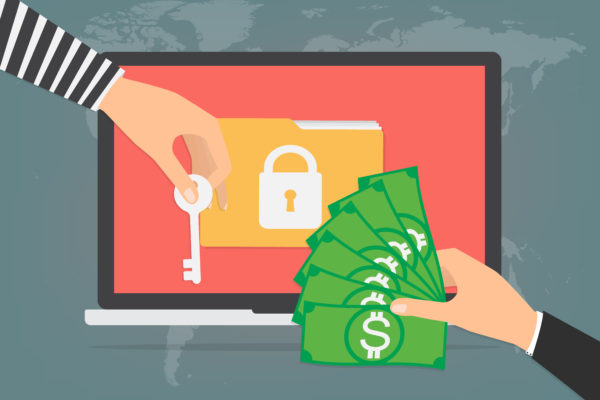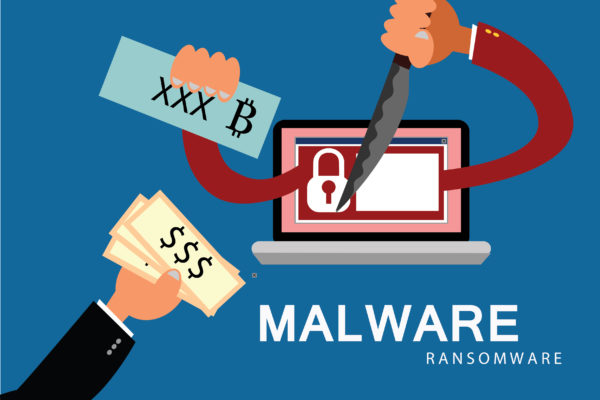One of the most dangerous ransomwares that is making rounds according to security analysts is xmail @cock.li. It was first identified in June 2018 and spread through multiple email attacks. This malicious ransomware spreads through Command Prompt and attacks the Registry files in your computer.
Moreover, it modifies the settings of computers and will continue to encrypt files on your hard disk. This encryption is done by a strong cryptographic algorithm known as “Advanced Encryption Standard”. The shadow volume copies of the encrypted files can be deleted by the ransomware. Using this tactic, the attackers increase the amount on ransom.
This algorithm modifies a file’s extension and the ransomware is impossible to remove manually. In order to remove ransomware, a decryption key will be required which is possessed by the hackers. These attackers use the email address [email protected] to contact their victims and demand ransom. . Security analysts are still trying hard to make progress in this ransomware removal case. So far no online free decryptor has been able to remove ransomware properly.
The question arises what to do in case you’re affected by [email protected]? Should you pay the money? The thing is that there is nothing certain with these attackers. They can damage your data as well as cost you money even after paying the ransom. Moreover, paying them only emboldens them to continue their attacks.
Therefore, the best strategy that you can adopt is to strengthen your information technology infrastructure by fortifying your backup and recovery processes. Furthermore, using strong anti-malware tools can help you to detect these ransomware. However, it is not advised to remove ransomware by yourself as doing it can damage your files due to the significant threat posed by ransomware.
Security analysts stated that the malware was found to be spreading by affecting social engineering campaigns. It used these campaigns to harm computers that run on Windows belonging to any part of the world. Additionally, it introduces a hostile payload into email attachments which is then downloaded or opened by its victims and thus the malware begins to start harming the computers. Therefore, vigilance in internet usage is important in order to avoid this malware.



